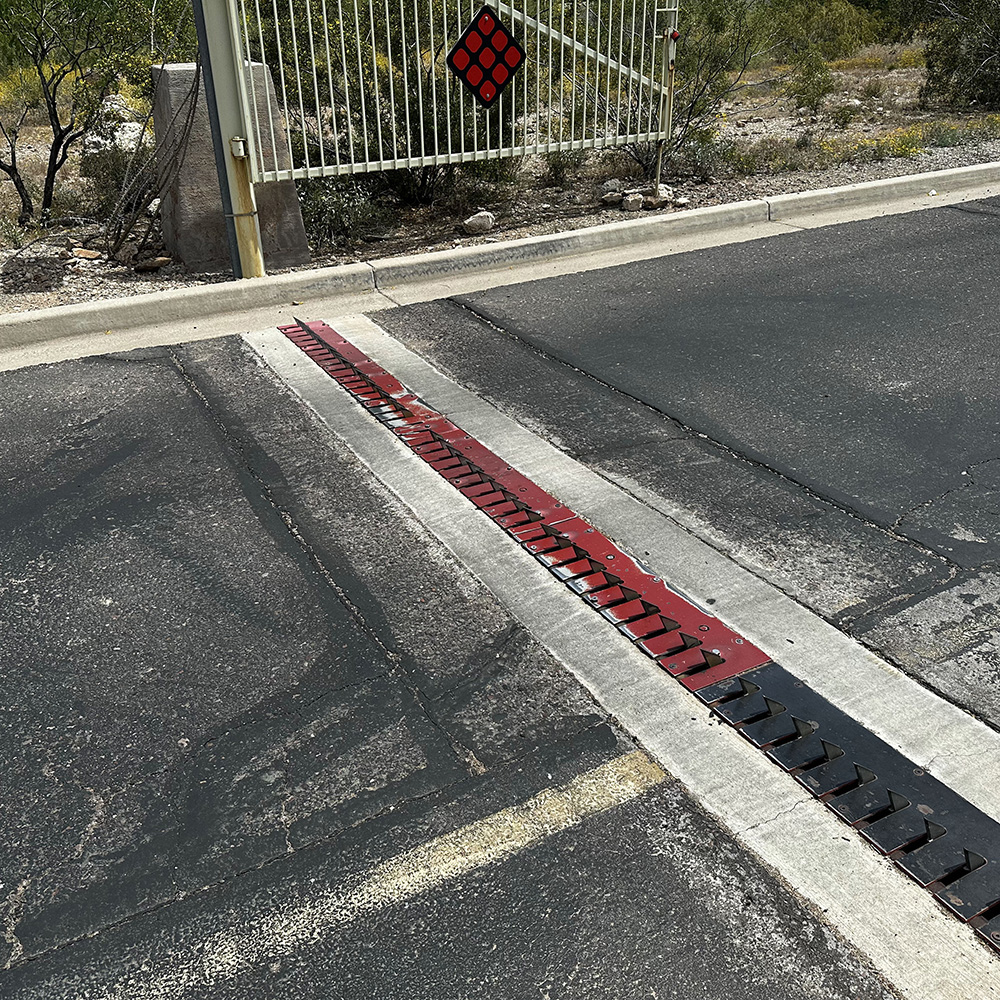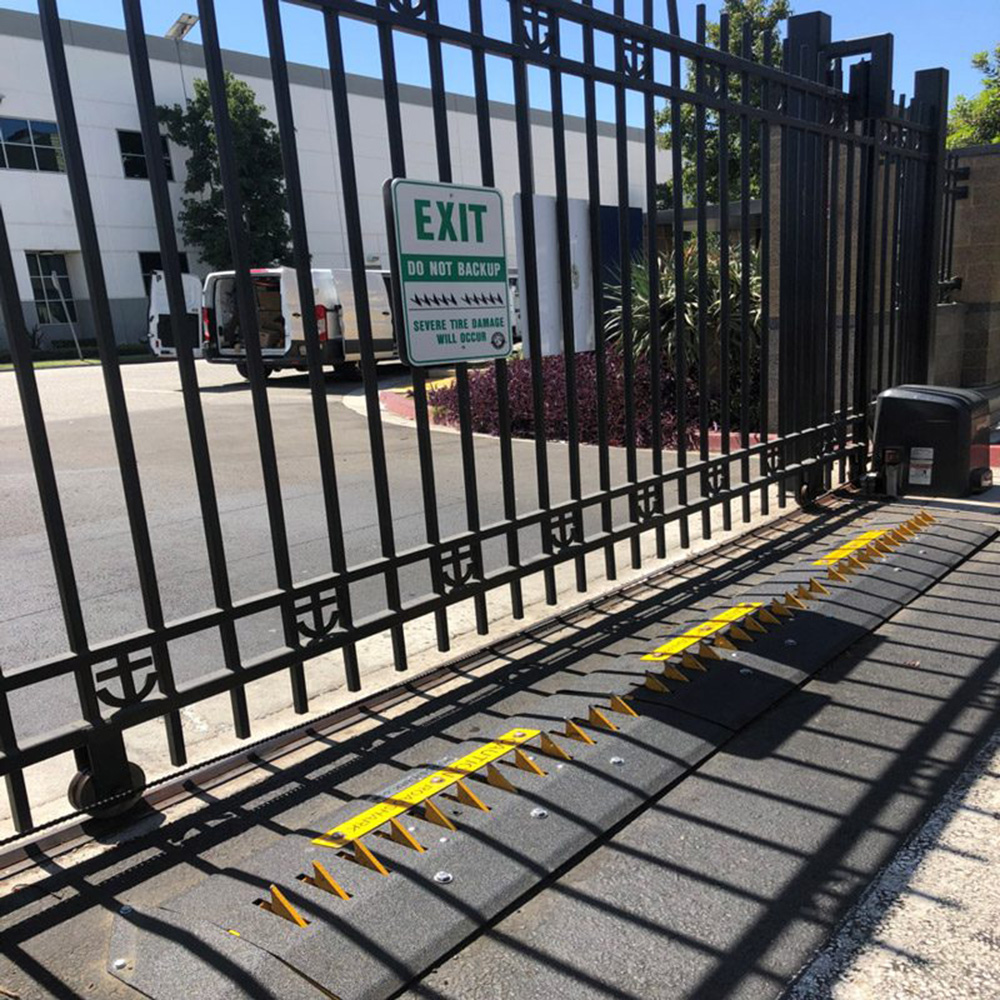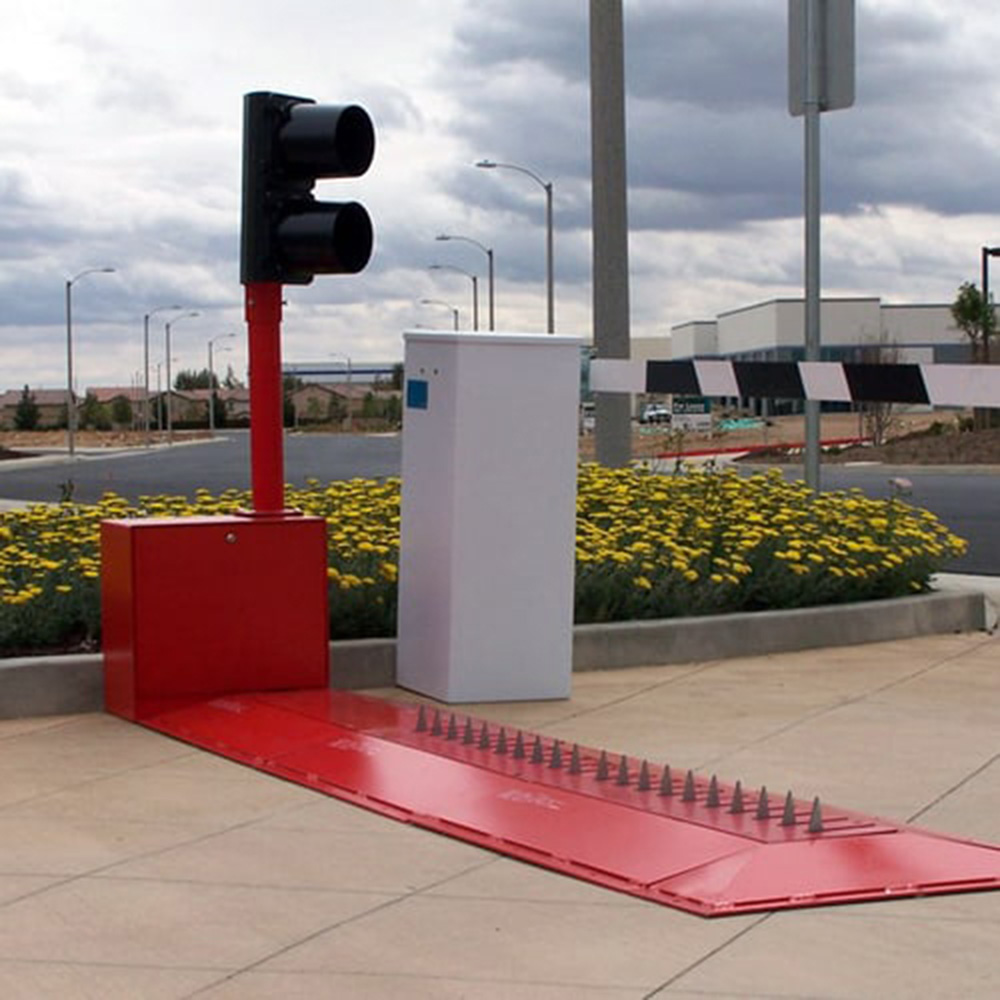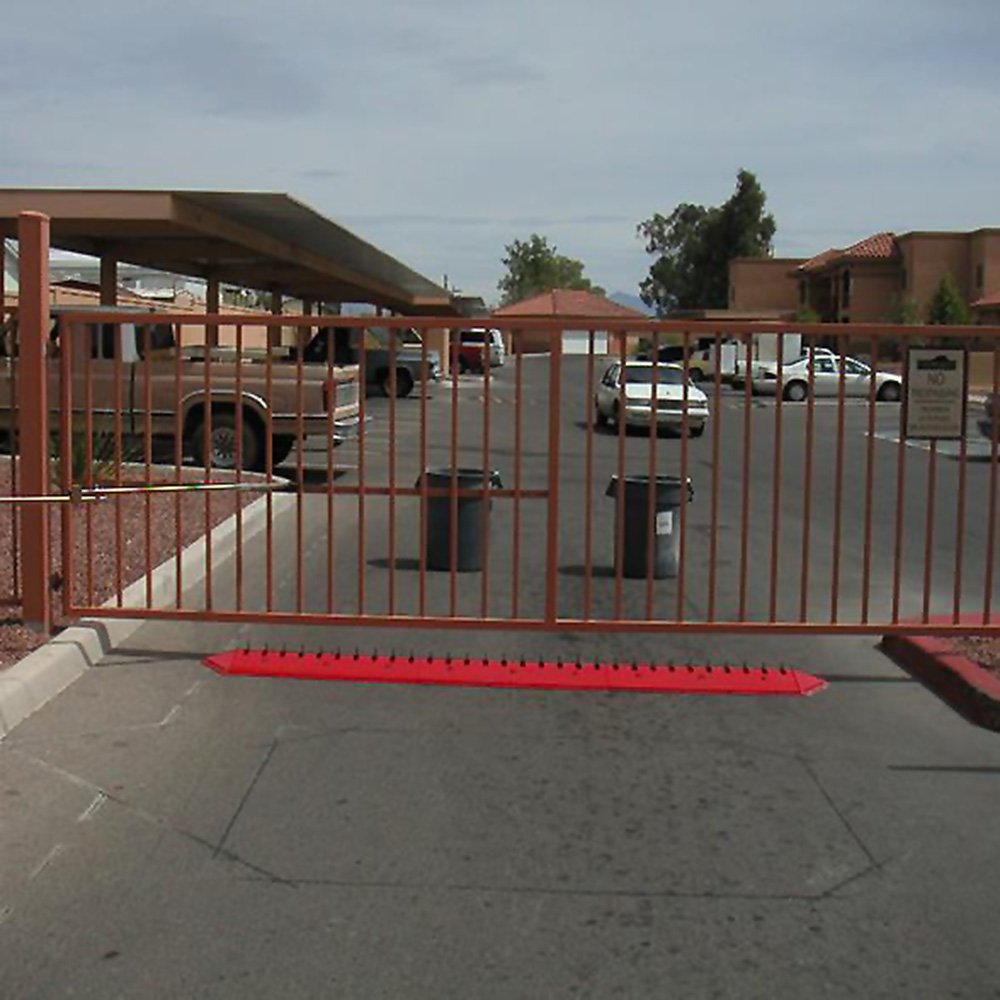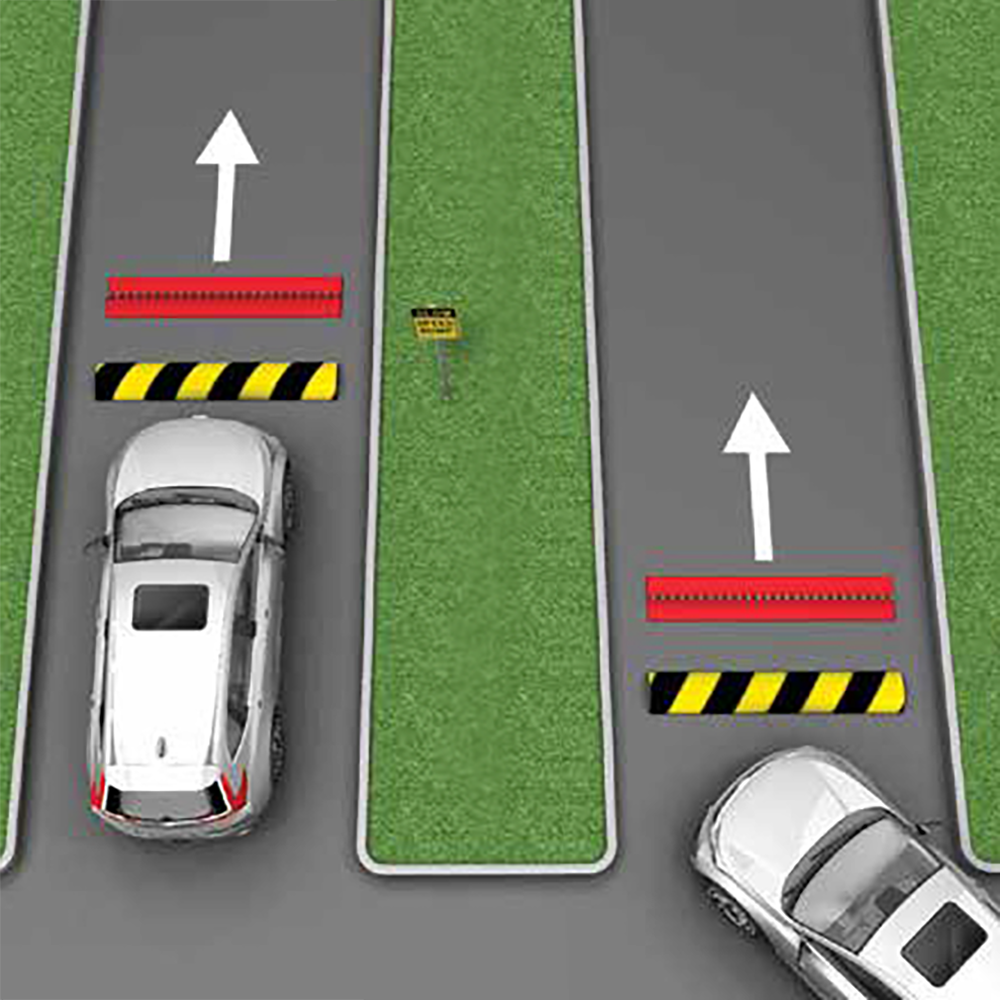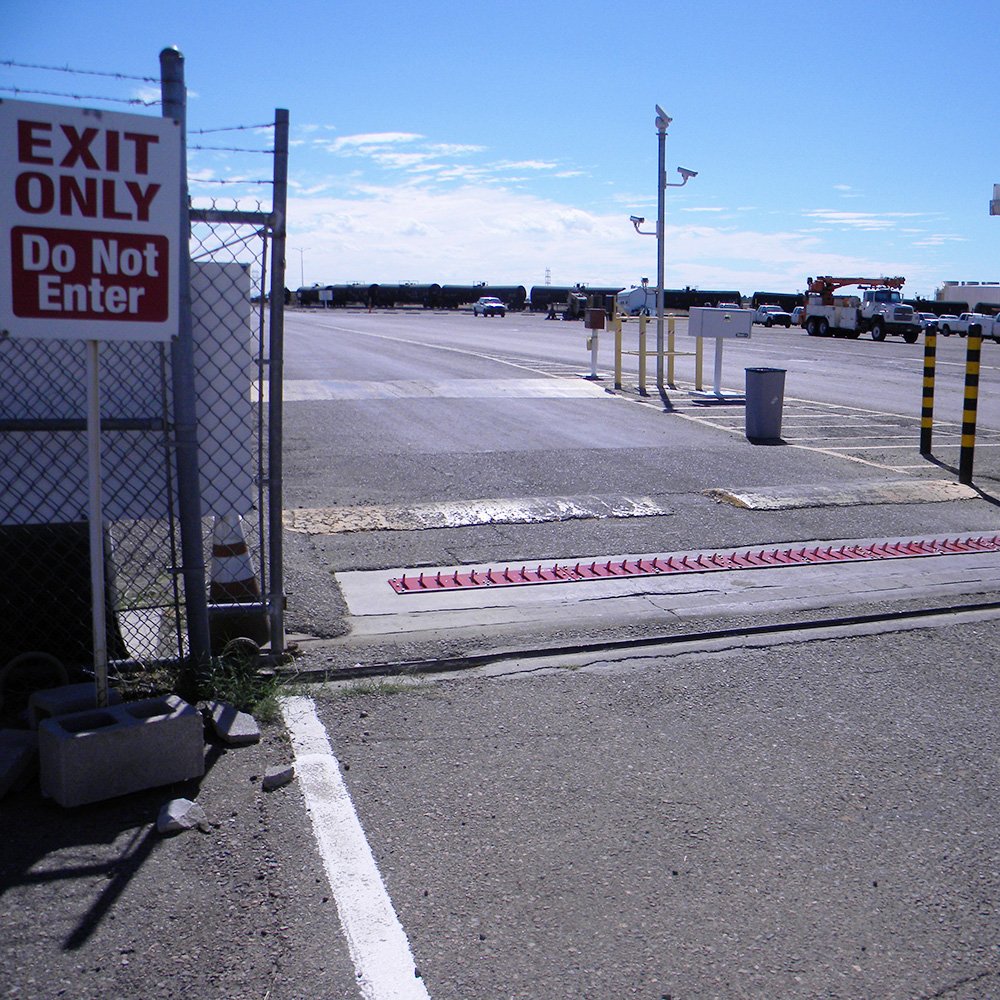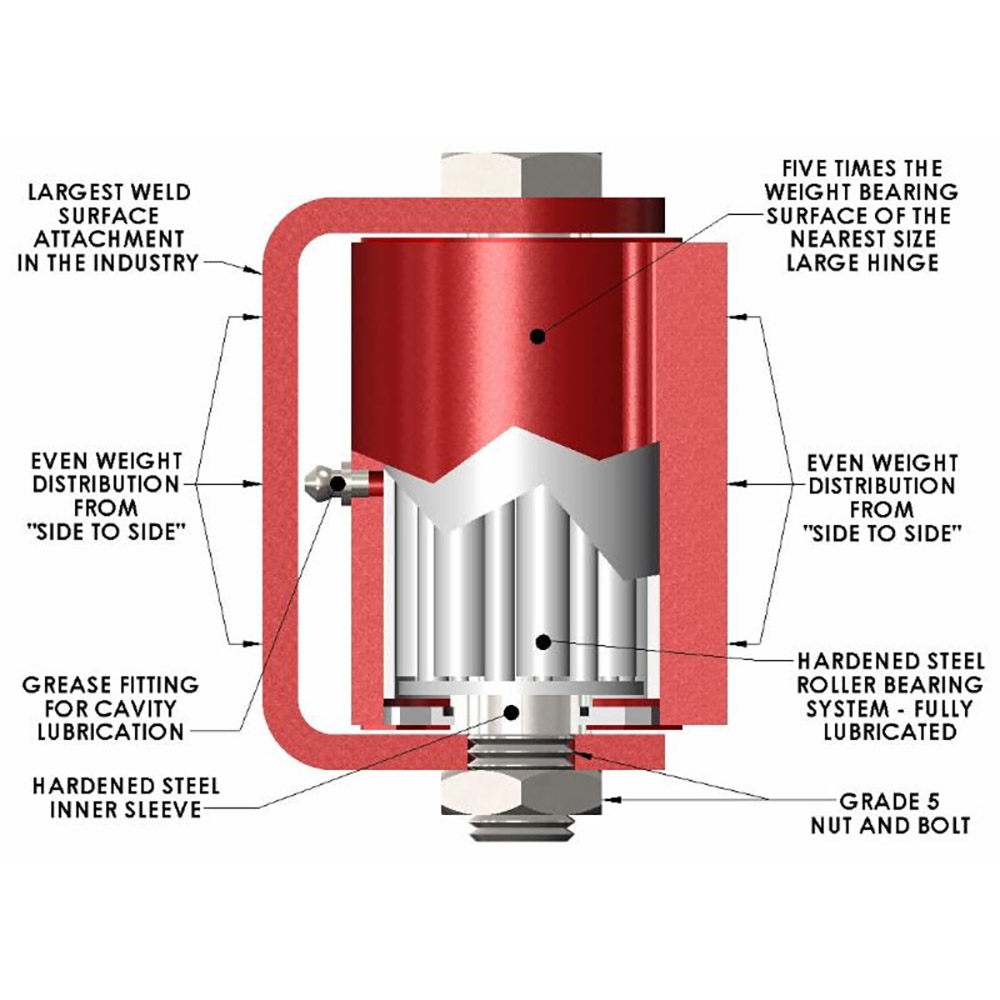What Are One Way Traffic Spikes?

One-way traffic spikes might look a little intimidating, but they play a surprisingly simple role: keeping cars moving in the right direction. You'll see them in parking lots, gated communities, and secure facilities, where they act like silent guardians of order. Drive over them the right way, and nothing happens. Try going the wrong way, and your tires will protest. These devices have come a long way from their early days, when people used whatever metal they had on hand to guide traffic. Now they are engineered for safety, durability, and long-term use. Some drivers get nervous around them, which is fair, but when installed and maintained correctly, traffic spikes are incredibly effective at doing their job without any need for flashing lights, gates, or a security guard waving you down.
One-way traffic spikes are mechanical devices installed in roadways, driveways, or parking lot lanes to enforce one-way vehicle flow. They are designed to allow vehicles to pass safely in one direction while preventing entry from the opposite direction by using metal spikes that can cause tire damage.
How They Work:
- Correct Direction: When a vehicle approaches from the authorized direction, the spikes retract smoothly under the weight of the vehicle, allowing it to pass without damage.
- Wrong-Way Entry: If a vehicle attempts to drive over the spikes from the unauthorized direction, the spikes remain raised and can puncture the tires, stopping the vehicle and discouraging further movement.
- Types: There are both passive (spring-loaded) and active (motorized) versions. Motorized models can be synced with gates, keypads, or other access control systems for enhanced security.
- Safety Features: Some designs include warning signs, speed-limiting features, and protective covers to improve safety and prevent accidental damage.
Best Places to Use One-Way Traffic Spikes
- Commercial parking garages and surface lots
- Gated residential communities and private neighborhoods
- Vehicle rental agency return lanes
- Secure government and military facilities
- Industrial zones, warehouses, and distribution centers
- Private roads, driveways, and building entrances
- Hospitals or emergency vehicle areas with controlled entry
- Temporary traffic control zones for events or construction
Where NOT to Use Traffic Spikes (Just as Important)
- Public roads or highways where legal restrictions apply
- High-speed traffic areas where drivers may not stop in time
- Emergency access lanes that require fast, unrestricted movement
- Any location without clear signage and proper lighting
- Unmonitored areas where pedestrians frequently cross
Effectiveness in Real-World Applications:
One-way traffic spikes are widely used because they are a low-maintenance, physical deterrent that reliably prevents wrong-way driving in controlled environments. They're especially effective in locations where staff or electronic barriers are impractical. For instance, at a high-end apartment building in Chicago, two luxury vehicles were stolen within a week by thieves who bypassed wooden gate arms. After installing Roadshark's electric Surface Mount Electric (SME) spike barriers integrated with a card reader and gate arm, the building reported zero vehicle thefts in the following eight months. This case highlights how integrating traffic spikes with access control systems can significantly enhance security and prevent unauthorized vehicle movement.
Case StudiesTraffic Spikes vs. Other Access Control Methods
When it comes to managing vehicle access, different tools offer different benefits:
- Barrier arms are commonly used in parking lots and gated communities, offering a clear visual cue and quick response, but they can be broken through with enough force.
- Bollards provide excellent security and can physically stop a vehicle, though they are typically fixed or require complex retraction systems.
- Speed bumps and speed humps help slow traffic but do not prevent wrong-way entry or unauthorized access.
- One-way traffic spikes, on the other hand, are a more straightforward solution for directional control. They physically prevent vehicles from moving the wrong way, require minimal supervision, and can be installed with or without integrated access control systems. For many secure environments, they offer a strong balance between deterrence, cost, and reliability.
Types of One-Way Traffic Spikes
In-Ground Traffic Spikes
In-ground traffic spikes are permanently installed by embedding them into the roadway. These are ideal for high-traffic areas or long-term installations where durability and a flush finish are priorities. Once installed, they sit level with the ground surface, providing a cleaner look and reducing trip hazards for pedestrians or damage risk to vehicles.
- Durable and long-lasting for high-traffic environments
- Flush with the road surface for a clean appearance
- Less likely to be damaged or dislodged
- Can be motorized for integration with access control systems
- Best suited for permanent installations
Surface Mount Traffic Spikes
Surface Mount traffic spikes are bolted directly onto existing pavement, making them easier and faster to install than in-ground models. These are great for temporary setups, rental properties, or locations where digging is not practical. Although they sit above ground level, many designs are low-profile and include safety enhancements to prevent damage to authorized vehicles.
- Quick and easy installation without excavation
- Ideal for temporary or budget-sensitive projects
- Can be relocated or removed as needed
- Available in both passive and motorized versions
- Often include speed bumps and signage for added safety
Motorized Traffic Spikes
Motorized traffic spikes combine physical deterrence with advanced automation for high-security applications. These systems use electric or hydraulic mechanisms to raise and lower the spikes based on input from access control devices like card readers, keypads, or traffic signals. They are perfect for sites that require controlled access and real-time vehicle verification.
- Integrates with gates, RFID readers, and control systems
- Spikes automatically retract for authorized vehicles
- Ideal for high-security or high-traffic environments
- Can be synced with traffic lights or gate arms
- Enhances safety by allowing precise access control
How to Integrate One-Way Traffic Spikes with Access Control Systems
One-way traffic spikes are even more effective when paired with access control systems. Motorized traffic spike models can be connected to gates, RFID card readers, keypads, loop detectors, or automatic license plate recognition systems. This setup ensures that only authorized vehicles trigger the retraction of the spikes, combining physical deterrence with modern automation. In secure locations, this integration reduces the risk of tailgating and unauthorized access while streamlining vehicle entry and exit.
This type of integration is especially valuable for high-security environments such as government buildings, military bases, airports, and private communities. In many cases, the spikes are synchronized with gate arms or traffic lights to prevent confusion and ensure safety. When used together, traffic spikes and access control systems provide a comprehensive solution for managing vehicle flow and enhancing perimeter security.
Access Control & Accessories for Traffic Spike Systems
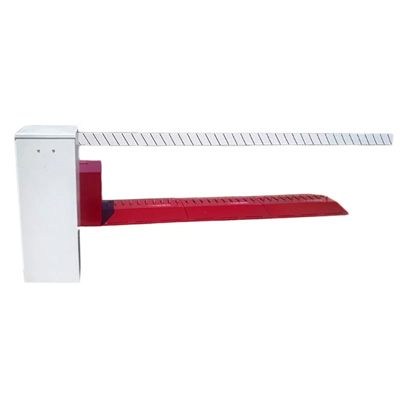
Barrier Gate Openers
Shop Now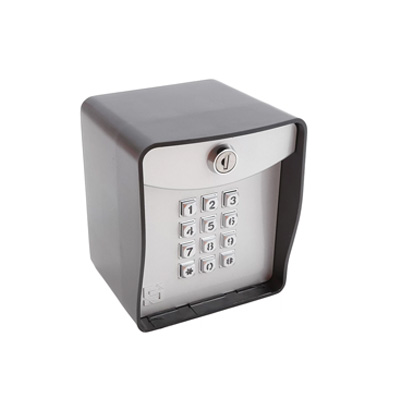
Access Control
Shop Now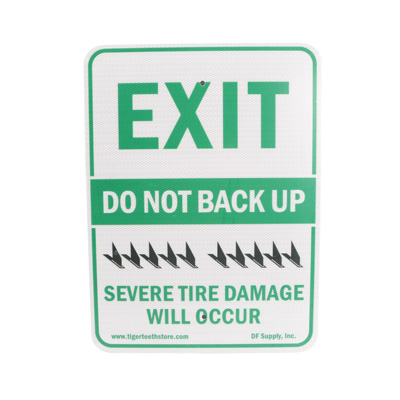
Warning Signs & Lights
Shop Now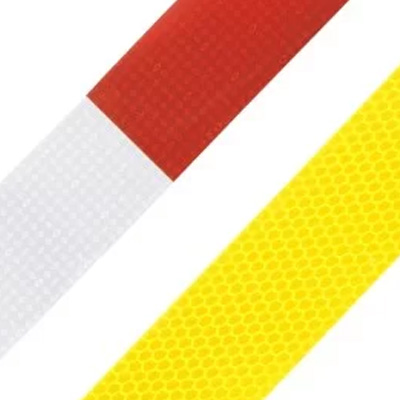
Reflective Safety Tape
Shop Now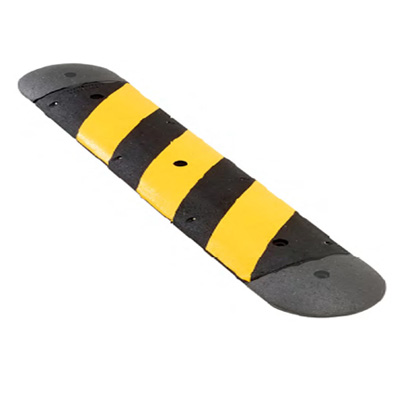
Speed Bumps
Shop NowOne-Way Traffic Spike FAQs
- Q. What happens if I accidentally drive over traffic spikes the wrong way?
A. Driving over traffic spikes in the wrong direction usually results in punctured tires. The spikes are designed to stop unauthorized vehicles, so it's important to observe directional arrows, signage, and speed limits in areas where these devices are installed. - Q. Are one-way traffic spikes legal for use on public roads?
A. Generally, no. One-way traffic spikes are intended for use on private property due to liability and safety concerns. Always check with local laws and regulations before installation. - Q. Can traffic spikes damage my vehicle if I drive over them correctly?
A. No. When used as intended, high-quality traffic spikes retract smoothly when approached from the proper direction. Drivers should still follow posted speed limits and approach with caution. - Q. How long do traffic spikes last with regular use?
A. Most commercial-grade traffic spikes are built for durability and can last many years when properly maintained. Factors such as traffic volume, climate, and whether the spikes are passive or motorized will influence lifespan. - Q. Should I choose passive or motorized one-way traffic spikes?
A. Passive spikes are ideal for simple directional control with no power requirements. Motorized spikes offer more control and can integrate with electronic access systems. The best option depends on your site layout, security goals, and available infrastructure.
Need Help Building Your Traffic Spike System? Reach Out!
If you have any further questions or need help ordering everything you need to install a fully functional and effective traffic spike system, please do nto hesitate to reach out. We are always happy to help!
Contact Us
